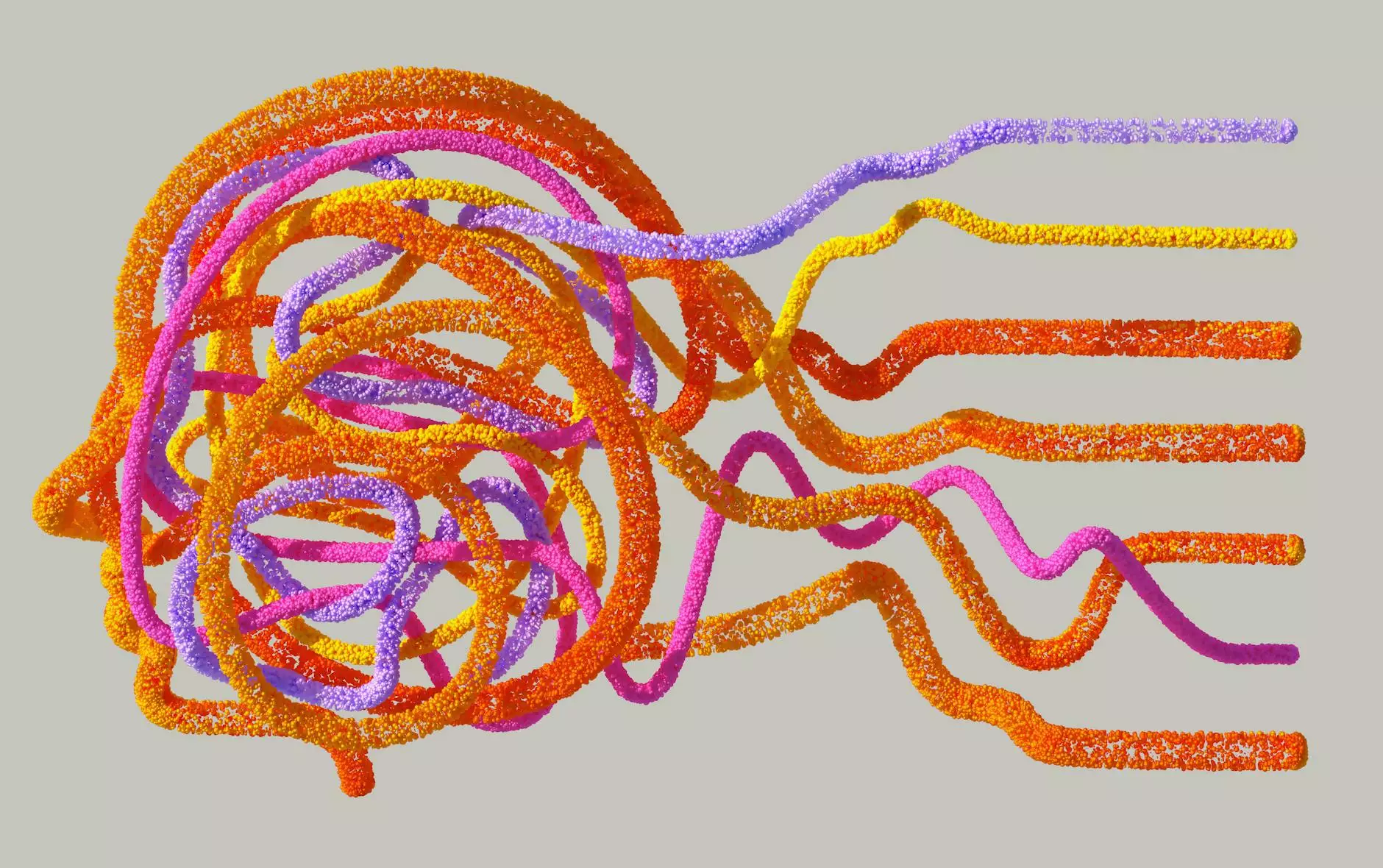Understanding Distributed Antenna System Design for Business Success

The modern business environment thrives on robust communication systems. One of the key technologies that empower businesses to achieve uninterrupted connectivity is the distributed antenna system design. This article delves into the intricacies of distributed antenna systems (DAS), their operational framework, benefits, and relevance in various sectors, particularly telecommunications, IT services, and Internet service provision.
What is a Distributed Antenna System?
A distributed antenna system (DAS) is a network of antennas that are strategically placed to enhance wireless communication. Unlike traditional antenna systems, which rely on a single, central antenna to dispatch signals, DAS utilizes multiple antennas that work cohesively to cover a designated area. These antennas are linked to a central source, either through fiber optics or coaxial cable, ensuring widespread signal distribution.
How Does DAS Work?
The foundation of distributed antenna system design lies in its ability to redistribute cellular signals throughout an area. Here’s how it operates:
- Signal Source: The DAS begins with a primary antenna or base station that receives cellular signals from network providers.
- Signal Distribution: The received signal is then transmitted to numerous antennas placed throughout the venue, covering areas that may have weak or no signal.
- Enhanced Coverage: With multiple antennas, DAS can provide strong, consistent service in challenging environments, such as large buildings, underground facilities, or densely populated areas.
Benefits of Distributed Antenna System Design
Investing in a distributed antenna system design offers numerous advantages for businesses:
1. Improved Coverage
DAS significantly enhances wireless coverage. By distributing multiple antennas, businesses can eliminate dead zones and ensure that employees and customers have seamless connectivity.
2. Increased Capacity
Increased user demand can strain traditional networks. DAS systems can accommodate a higher number of simultaneous connections, making them ideal for large venues or highly trafficked areas.
3. Enhanced User Experience
With better coverage and capacity comes an enhanced user experience. Employees can participate in video conferences without glitches, and customers can enjoy uninterrupted connectivity while accessing services.
4. Aesthetic Versatility
Modern DAS solutions can be designed to blend with the environment. Antennas can be installed discreetly, preserving the aesthetics of buildings and public spaces.
5. Future-Proofing
A well-designed DAS can accommodate various technologies, including 4G and the forthcoming 5G networks. This capability ensures that businesses remain competitive as technology evolves.
Applications of Distributed Antenna Systems
The versatility of distributed antenna system design allows it to be applied across various sectors:
1. Telecommunications
In telecommunications, DAS plays a crucial role in ensuring high-quality mobile connectivity. Providers can deploy DAS in urban areas and other high-density locations to meet user demand.
2. IT Services & Computer Repair
Businesses offering IT services must have reliable connectivity to function effectively. A structured DAS allows for consistent communication between IT professionals and their clients, ensuring timely troubleshooting and repairs.
3. Internet Service Providers
For Internet service providers, DAS can enhance the delivery of high-speed internet, expanding coverage to areas that were previously underserved.
Challenges in Distributed Antenna System Design
While DAS offers invaluable benefits, it is not without its challenges. Here are some key considerations:
- Initial Investment: The setup cost for a DAS can be significant, depending on the nature of the deployment and existing infrastructure.
- Planning and Design: A successful DAS requires careful planning and design, including coverage analysis and site surveys to determine antenna placement.
- Multivendor Incompatibility: DAS may involve equipment from different manufacturers, which can complicate installation and maintenance if not carefully managed.
Key Steps in the Distributed Antenna System Design Process
The deployment of a successful DAS involves several key steps:
1. Site Survey
A thorough site survey is critical. This process involves assessing the area to identify weak signal zones and potential obstacles that might alter signal propagation.
2. System Design
Post-survey, engineers design the DAS tailored to the specific needs of the business, accounting for the number of antennas, spacing, and type of cabling used.
3. Equipment Selection
Choosing the right equipment is paramount. The selection must fit the design specifications and the technology requirements, ensuring compatibility and efficiency.
4. Installation
Installation must be conducted meticulously, adhering to the design specifications while ensuring minimal disruption to business operations.
5. Testing and Optimization
Once installed, the system undergoes comprehensive testing to verify its performance. Post-installation, adjustments may be required to optimize coverage and capacity.
Future Trends in Distributed Antenna Systems
The landscape of distributed antenna system design is continually evolving. Emerging trends include:
1. Integration with 5G Technology
As 5G continues to roll out, DAS will play a vital role in supporting this technology, particularly in urban environments where demand for data is skyrocketing.
2. Smart Building Integrations
With the rise of smart buildings, DAS can be integrated with building management systems to improve not only telecommunications but also manage aspects like energy use more efficiently.
3. Enhanced Security Features
Security features for DAS are receiving attention, with advanced encryption and monitoring systems becoming integral to the design to protect against unauthorized access and data breaches.
Conclusion
The relevance of distributed antenna system design cannot be overstated in today's digital landscape. Businesses across various sectors, including telecommunications, IT services, and Internet provision, can leverage DAS to enhance connectivity, improve user experiences, and stay competitive in a fast-paced market. As technology advances, investing in a well-designed DAS can future-proof business communications and lead to sustained success.
Contact Us
To learn more about how Teleco can help your business embrace distributed antenna system design and elevate your communication capabilities, please reach out to our experts today.






